This review gives an overview how light-trapping mechanisms based on nanophotonics principles can enhance light absorption in thin-film solar cells.
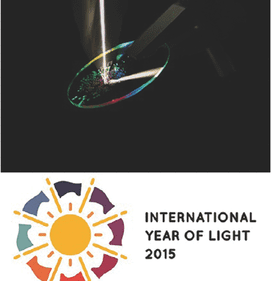

This review gives an overview how light-trapping mechanisms based on nanophotonics principles can enhance light absorption in thin-film solar cells.
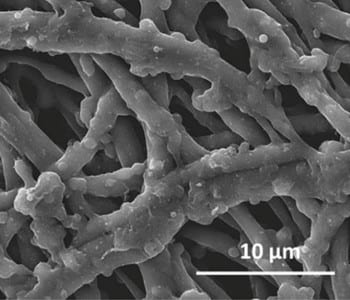
Professor Manthiram’s group at the University of Texas at Austin develops a naturally derived carbonaceous material for use in dye-sensitized solar cells.

Cu(In,Ga)Se2 (CIGS) thin-film solar cells have now reached a high efficiency level with a new record efficiency of 20.8 %.
Nanowires, solar cells, and silicene – these and more in September’s physics highlights.
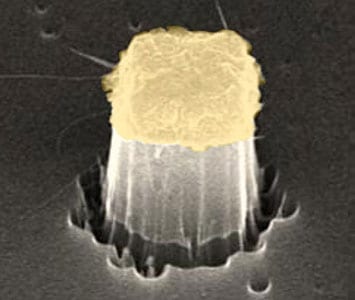
Ultraclean carbon nanotubes hold promise for advances in optical fiber communications, solar cells and LEDs.
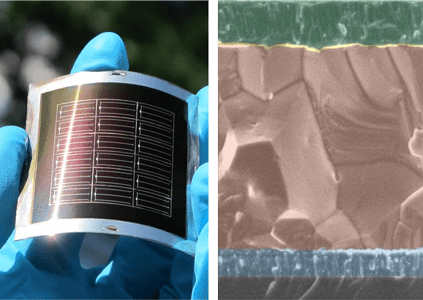
New research might pave the way for the industrialization of flexible, light-weight and low-cost cadmium telluride solar cells on metal foils.
Nanowires, solar cells, and silicene – these and more in July’s physics highlights.
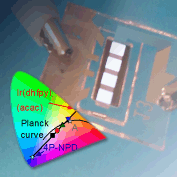
Nanowires, nanoribbons, and solar cells – these and more in June’s physics highlights.
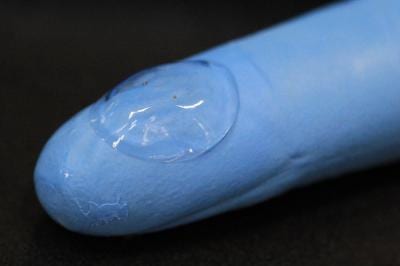
A transparent and stretchable electrode could open the new way for flexible displays, solar cells, and electronic devices fitted on a curvature substrate.
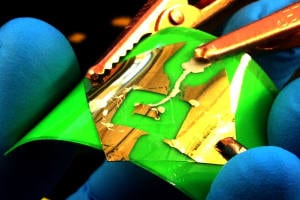
Combining graphene with other one-atom thick materials could create the next generation of solar cells and optoelectronic devices, scientists have revealed.